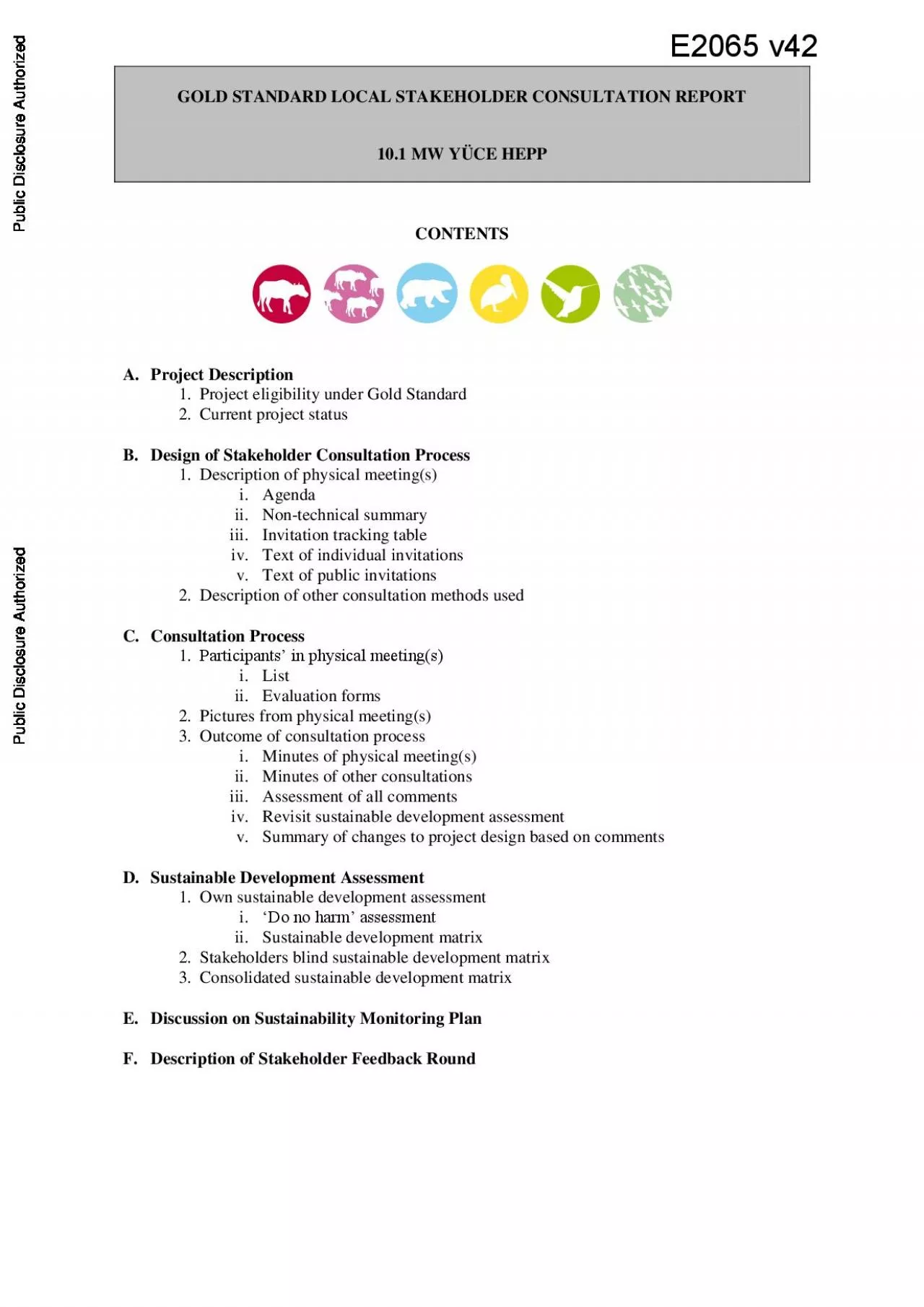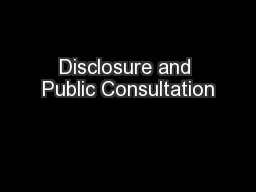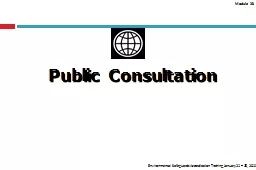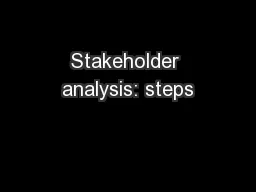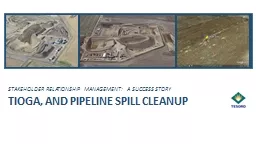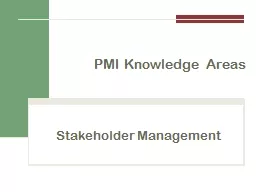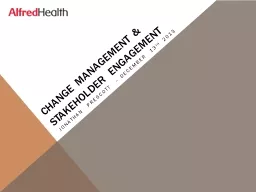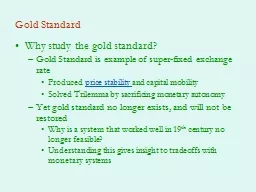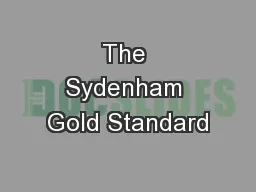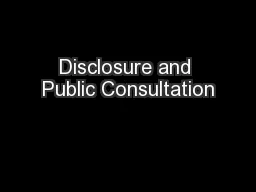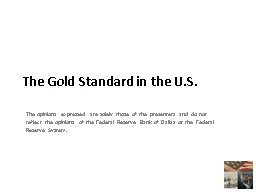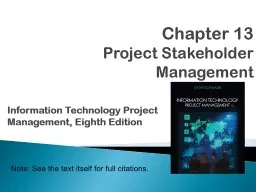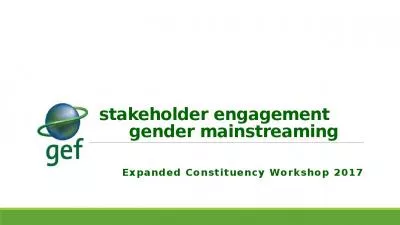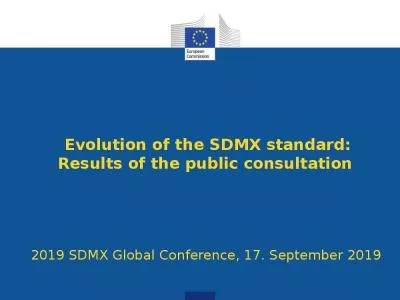PDF-GOLD STANDARD LOCAL STAKEHOLDER CONSULTATION REPORT
Author : tabitha | Published Date : 2021-08-24
101 MW YCE HEPPCONTENTSAProject Description1Project eligibility under Gold Standard2Current project statusBDesign of Stakeholder Consultation Process1Description
Presentation Embed Code
Download Presentation
Download Presentation The PPT/PDF document "GOLD STANDARD LOCAL STAKEHOLDER CONSULTA..." is the property of its rightful owner. Permission is granted to download and print the materials on this website for personal, non-commercial use only, and to display it on your personal computer provided you do not modify the materials and that you retain all copyright notices contained in the materials. By downloading content from our website, you accept the terms of this agreement.
GOLD STANDARD LOCAL STAKEHOLDER CONSULTATION REPORT: Transcript
Download Rules Of Document
"GOLD STANDARD LOCAL STAKEHOLDER CONSULTATION REPORT"The content belongs to its owner. You may download and print it for personal use, without modification, and keep all copyright notices. By downloading, you agree to these terms.
Related Documents

